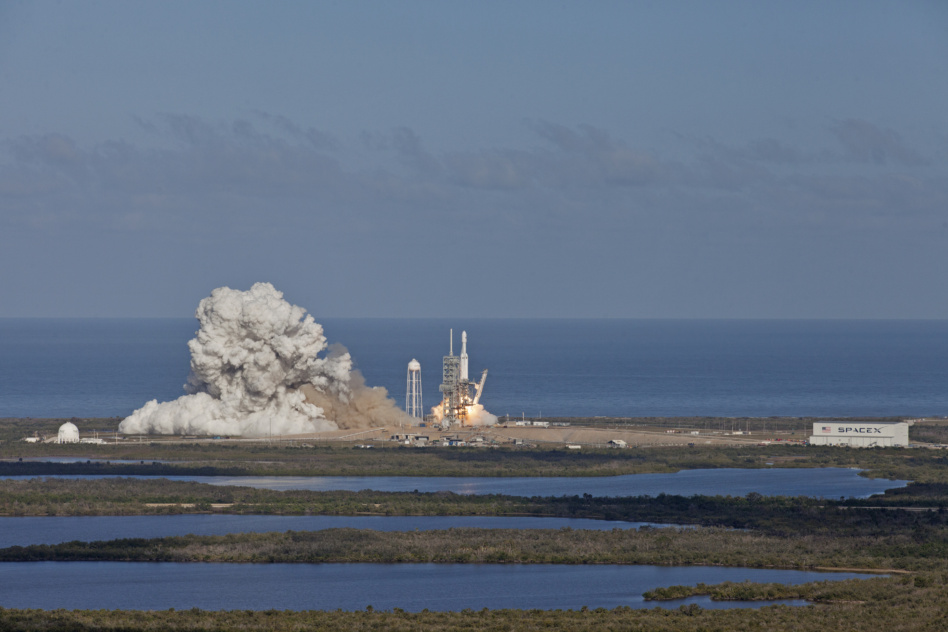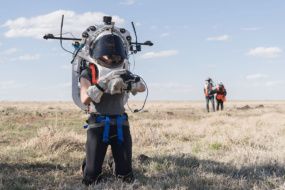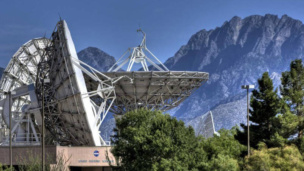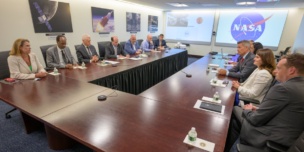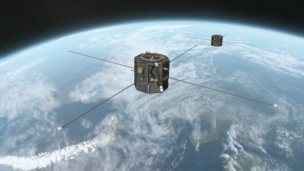Florida residents raised concerns Monday night about the disruptive noise and possible infrastructure damage if Starship ramps up launches from Florida’s space coast.
The comments came during the FAA’s third and final hearing to get public input as it drafts an Environmental Impact Statement to evaluate how increased Starship operations would affect the area around Kennedy Space Center, including impacts to the water, animal and plant life, and energy resources.
These go up to 11: Residents of the Space Coast—already plugging their ears during frequent Falcon 9 launches—implored the FAA to study and mitigate sound levels that weekly Starship launches could impose on their community.
“Every time that there is a Falcon 9 launch, depending on where the wind is coming from, you can hear a fairly potent rattling of windows,” said Pablo Deleon, a resident of Cape Canaveral.
As they see it, the noise complaints can’t be solved with earplugs and quiet hours. Many commenters voiced concerns about infrastructural damage that could come with the added launch frequency.
“We need to come up with a mitigation plan to where we don’t destroy our beloved structures in the area in the name of progress in space exploration,” said Brad Whitmore, a resident of Cocoa Village, 20 miles from the launch site.
Muddy waters, keep on rolling: Some commenters also questioned the FAA’s environmental protection requirements at SpaceX’s Boca Chica, TX, launch pad, urging the agency not to make similar concessions in Florida.
“In Boca Chica, the FAA has taken the position that deluge waste water from Starship craft is indistinguishable from stormwater… and this is in direct contradiction of the Clean Water Act,” said Eric Roesch, a frequent watcher of federal approvals in the oil and gas industry.
What’s next: After public comments close on June 24, the FAA will start drafting the EIS document alongside agencies like the Fish and Wildlife Service and the National Park Service.
The FAA will take more comments from the public on the draft before issuing its final decision, a process that could take up to a year.
